
- Home
- Research Navigation
-
Products
- Recombinant antibody
- Tag Nano-Antibody
- Recombinant Tag Antibody
- Nano-Secondary Antibody
- Recombinant Secondary Antibody
- For IP Nano-Secondary Antibody
- For WB Nano-Secondary Antibody
- Nanoselector
- Smart Ligands®
- Smart Booster
- SmartCapture® For Purification
- Flow Cytometry Antibody
- Recombinant VHH
- Antibody Biosimilar
-
Service
- Technical support
- About
- Blog
Major technological breakthrough: Successful expression of antibody fusion with PE and APC
Foreword
Phycobiliproteins [R-phycoerythrin (R-PE) and allophycocyanin (APC)] are commonly used ultrasensitive fluorescent dyes for biological assays. They are over 100 times more sensitive than traditional organic fluorophores. In practical applications in flow cytometry and immunoassays, the detection sensitivity of phycobiliprotein-conjugated antibodies is often far greater than that of corresponding organic fluorescent molecule conjugates (such as Alex Fluor and iFluor).
The molecular weight of Phycobiliproteins is very large (PE: 240kD, APC: 105kD). Efficient labeling of antibodies and phycobiliproteins has long been a major pain point in the industry, and achieving targeted and quantitative labeling of antibodies and phycobiliproteins is a significant challenge. Critical Point Biotech has been exploring simpler and more efficient antibody labeling methods while simultaneously controlling the labeling ratio and minimizing batch-to-batch variability. After two years of dedicated research and development, the R&D team has finally overcome the technical challenges of fusion expression of antibodies and phycobiliproteins, addressing the difficulties of traditional chemical labeling, such as the difficulty in controlling the labeling ratio and the large batch-to-batch variability. Critical Point Biotech has achieved fusion expression of traditional antibodies and phycobiliproteins at a 1:2 ratio, and nanoantibodies and phycobiliproteins at a 1:1 ratio, seamlessly resolving the labeling challenges of antibodies and phycobiliproteins.
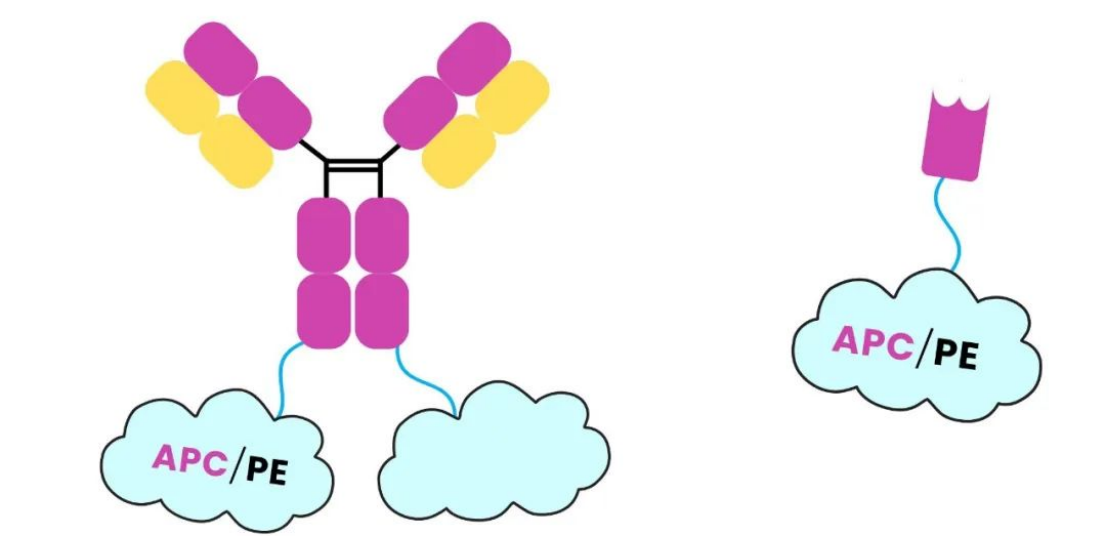
Anti-Human IgG (Fcγ Fragment specific), AlpSdAbs® VHH (PE/APC)thus emerged. It is a product of the fusion expression and purification of high-affinity nanoantibodies that recognize Human IgG Fcγ Fragment with phycobiliprotein. It has high affinity and high specificity, making it very convenient for qualitative or quantitative analysis of antigen-antibody in flow cytometry experiments!
High Specificity:
Anti-Human IgG (Fcγ Fragment specific), AlpSdAbs® VHH (PE/APC) does not bind to common mouse, rat, rabbit, or goat IgG!
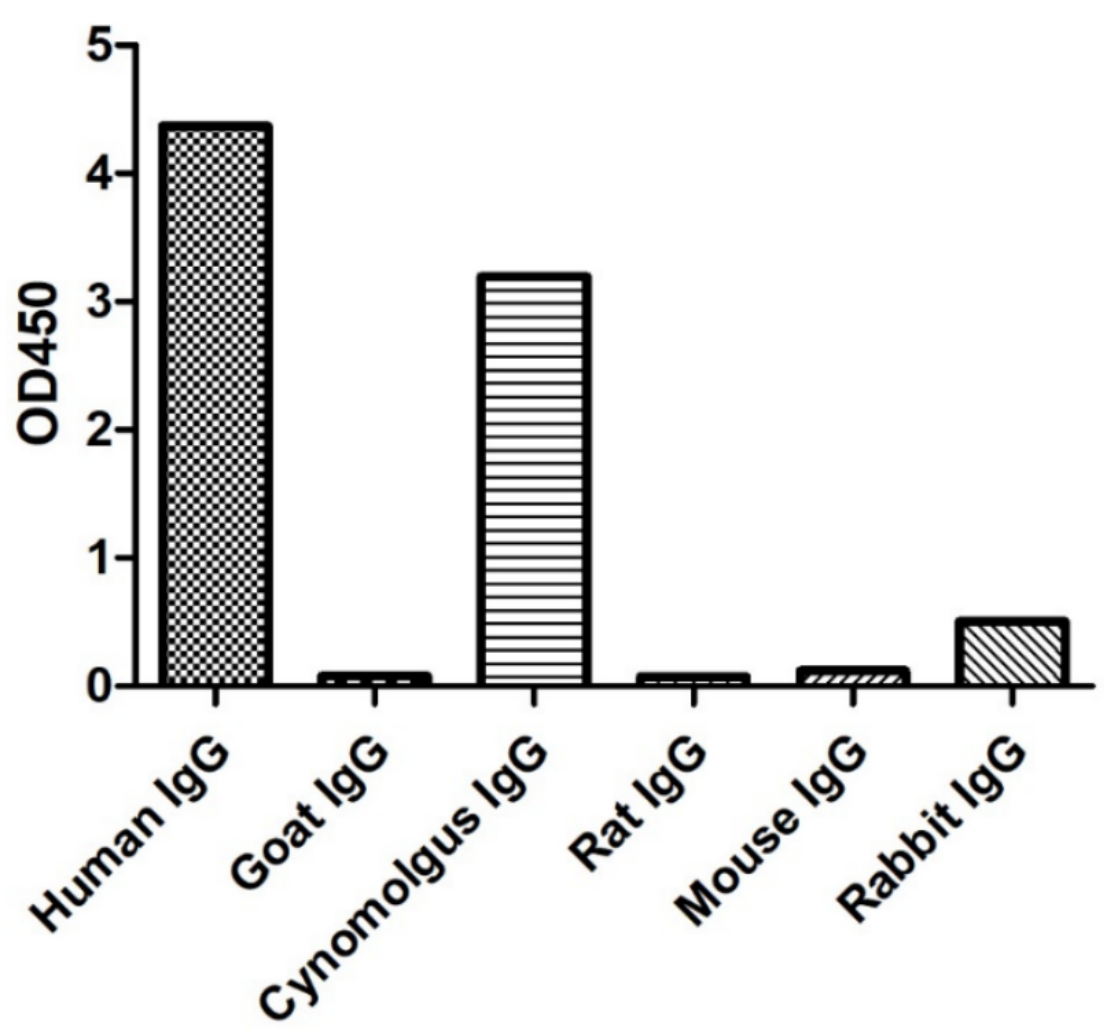
High Affinity:
a. Anti-Human IgG (Fcγ Fragment-specific), AlpSdAbs® VHH (PE/APC) binds well to all four subtypes of human IgG!
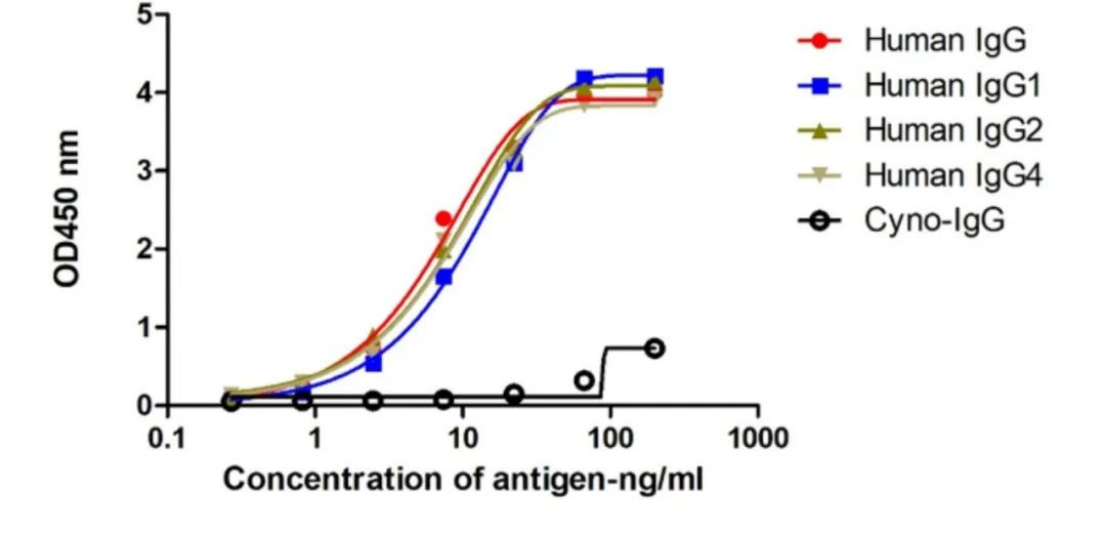
b. BLI affinity detection was performed using the BLI method to detect the binding of Anti-Human IgG (Fcγ Fragment specific), AlpSdAbs® VHH (PE/APC) to Human IgG1. with an affinity KD of 6.69E-10
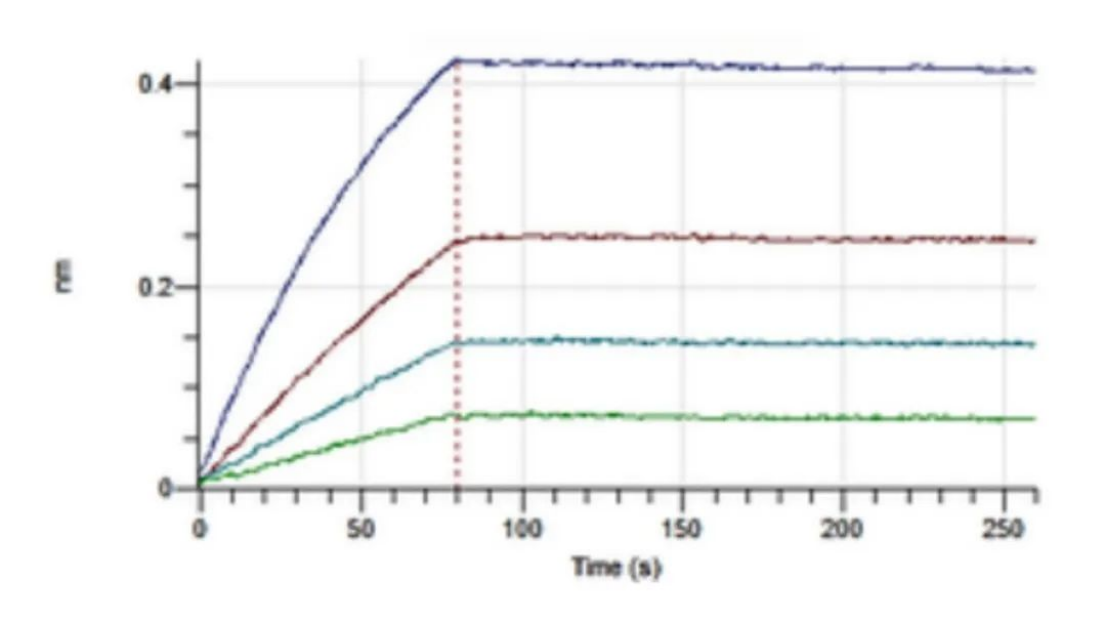
c. Combined with Anti-Human IgG (Fcγ Fragment specific) with common mutations, AlpSdAbs® VHH (PE/APC) recognizes common mutations such as LALA, LALA+YTE, and dual antibody KIH structures
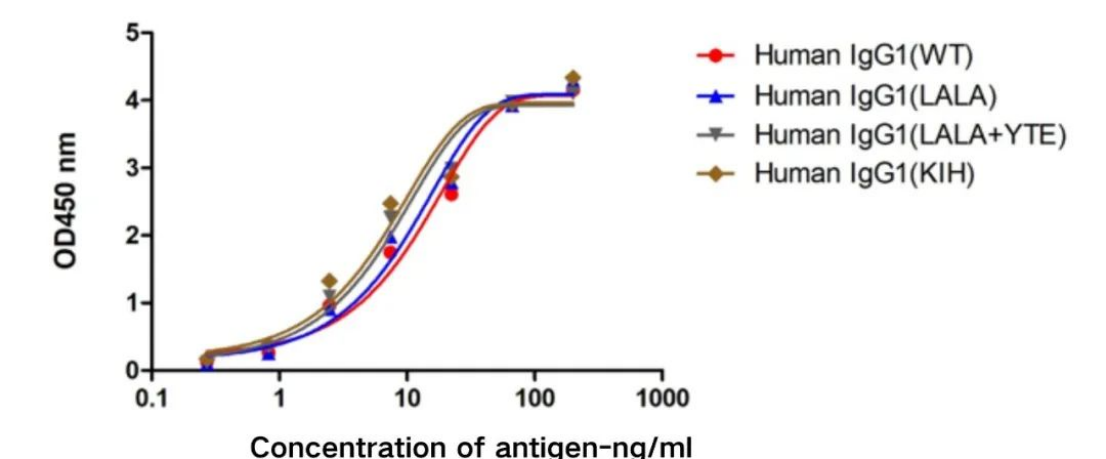
Flow Cyt Application Detection
Anti-Human IgG (Fcγ Fragment specific) and AlpSdAbs® VHH (PE) flow cytometry assays were used to detect the binding ability of different antibodies to cells. The flow cytometric results showed high signal values and low background values.
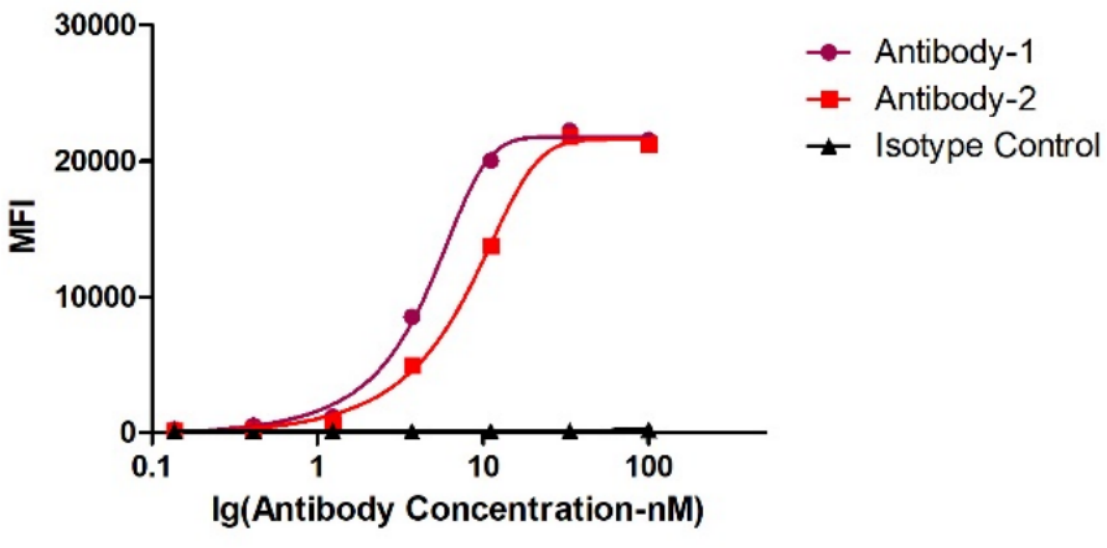
Anti-Human IgG (Fcγ Fragment specific), AlpSdAbs® VHH (APC) flow cytometry was used to detect the binding ability of different antibodies to cells, with high flow cytometry signal values and low background values.
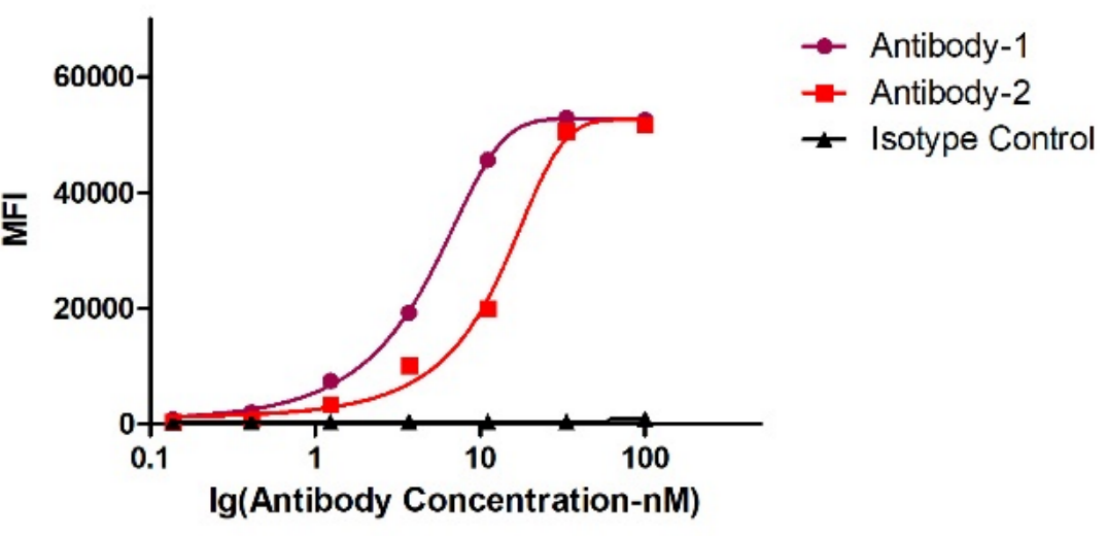
Code | Description | Applications | Size |
023-101-010 | Flow Cyt | 0.1mL | |
023-101-011 | Flow Cyt | 0.1mL |
As a leading brand of nanoantibody reagents in China, AlpVHHs offers the most comprehensive range of nanoantibody reagents, including recombinant secondary antibody, the most comprehensive tag nano-antibody, flow cytometry antibody, immune adjuvants, and other products. For more details, please visit our website https://www.alpvhhs.com.

